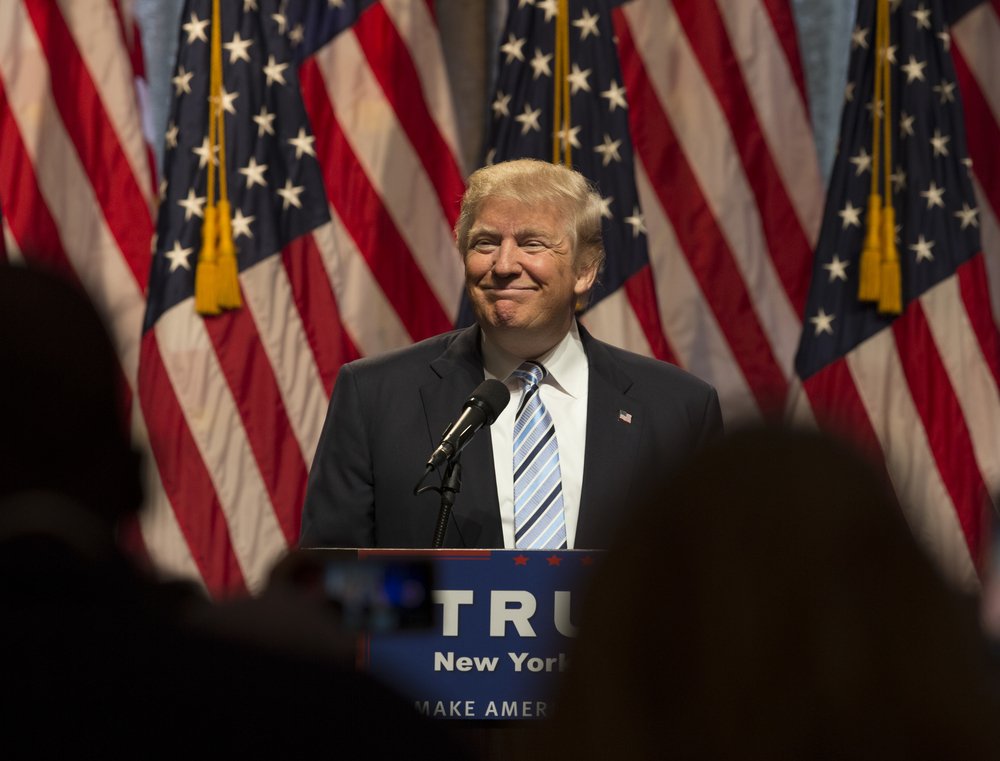Key Takeaways:
- Trump’s proposed bill faces opposition due to deficit concerns.
- 32 House Republicans demand strict spending cuts.
- The bill could cost over $4 trillion in a decade.
- Potential cuts target food assistance and Medicaid.
Introduction: President Trump’s ambitious spending plan is facing strong resistance in Congress. While he aims to fund his agenda, including border security, some Republicans are pushing back, worried about increasing the national debt. This clash could determine the fate of Trump’s priorities.
The Deficit Hawks’ Stance: A group of 32 House Republicans, known as deficit hawks, are adamant about reducing spending. They refuse to support any bill that adds to the deficit, even if it means compromising on Trump’s goals. This stance is creating tension within the Republican Party, as Trump’s agenda requires significant funding.
Economic Assumptions Behind the Bill: The proposed budget assumes that Trump’s policies, including tax cuts from 2017, will boost the economy and generate $2.5 trillion in revenue. This money is crucial for funding Trump’s plans. However, if the revenue doesn’t materialize, the budget could face a shortfall, making it harder to implement Trump’s agenda.
Elon Musk’s Role and Promises: During his campaign, Elon Musk claimed he could cut $2 trillion by eliminating waste and fraud. While he aimed for $1 trillion by December 2024, he only managed $160 billion. This shortfall highlights the challenges of making significant cuts without affecting essential programs.
Internal GOP Conflicts: There’s disagreement within the Republican Party about how much to spend. Chair Jason Smith of the Ways and Means Committee believes up to $5.5 trillion is needed for Trump’s priorities. However, some committee members want stricter cuts, creating conflict over the budget’s direction.
Potential Spending Cuts and Their Impact: To reduce spending, cuts to food assistance and Medicaid are being considered. These programs are vital for many Americans, making the proposed cuts controversial. Critics argue that such reductions could harm vulnerable populations.
Next Steps and Implications: Lawmakers plan to discuss the bill in committee meetings next week. The outcome of these discussions will determine whether Trump’s agenda moves forward or faces significant changes. The decisions made now could have long-term effects on the economy and social programs.
Conclusion: The debate over Trump’s spending bill reflects broader tensions between fiscal conservatism and ambitious policy goals. As Congress navigates these challenges, the impact on everyday Americans remains a central concern. Stay informed as this critical issue unfolds.

